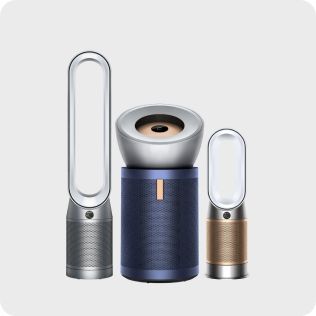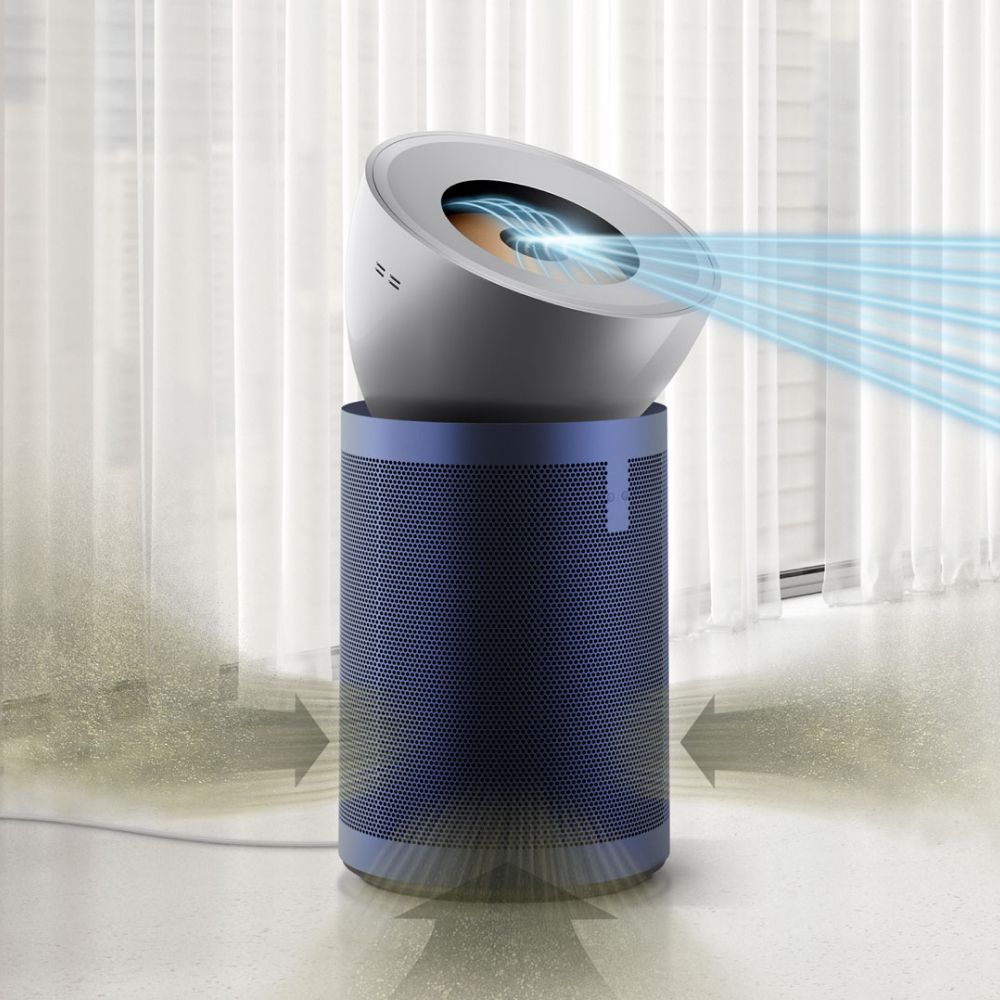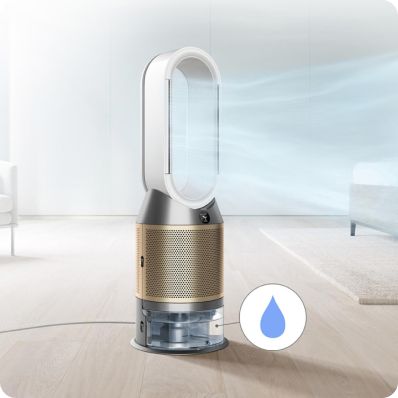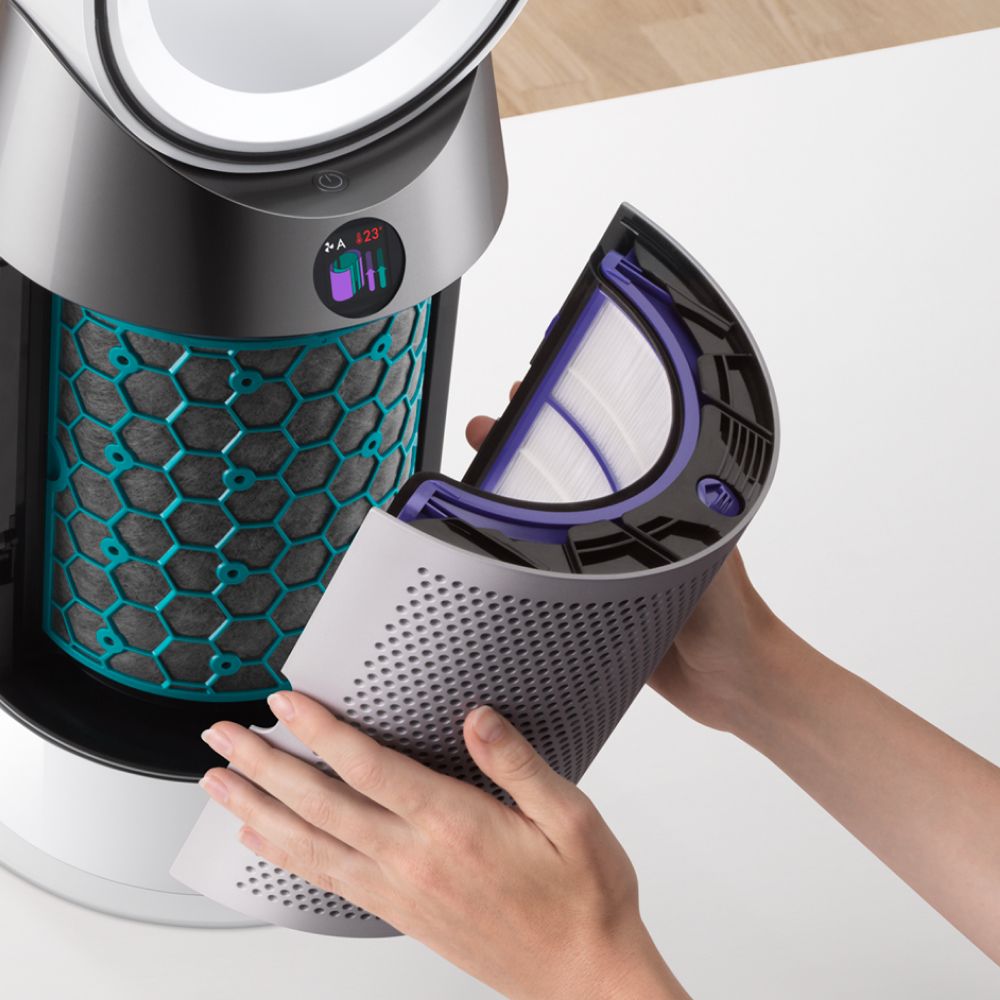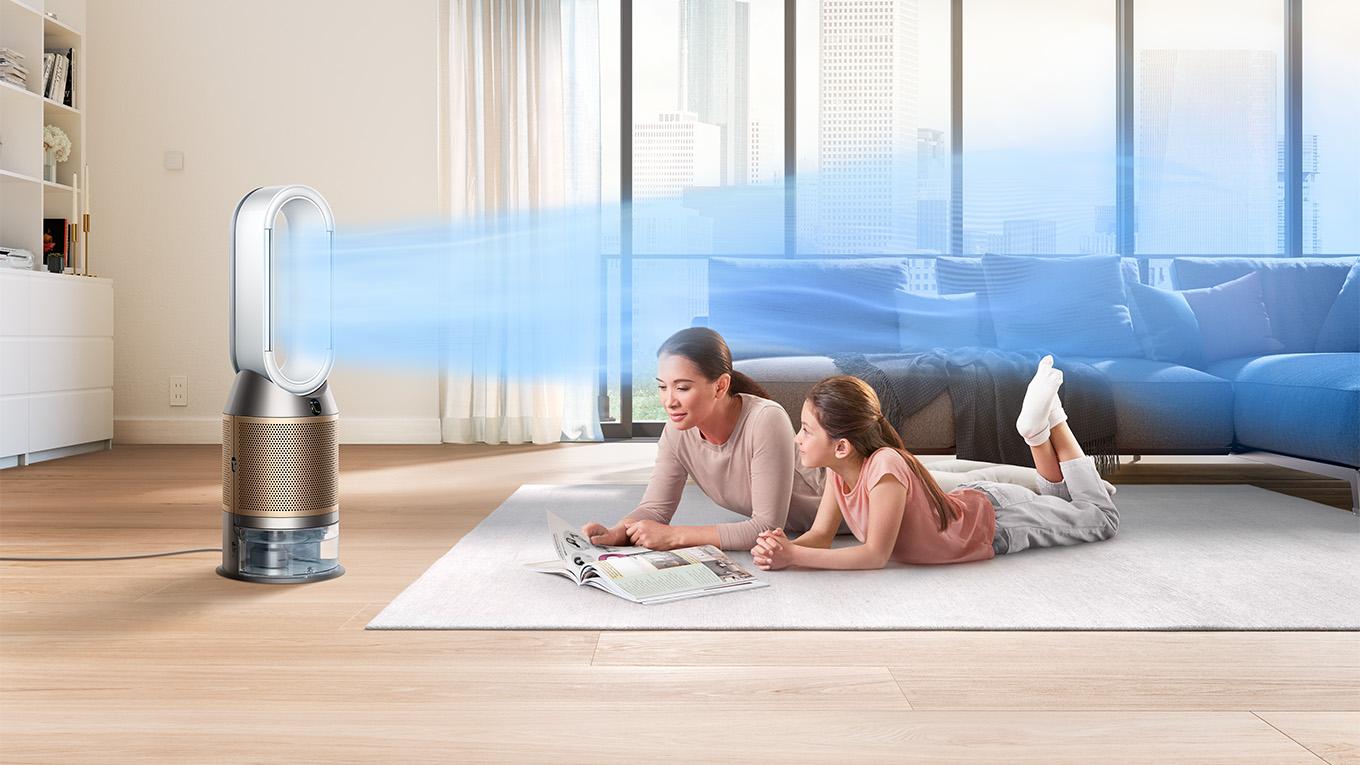Insights | Air Quality | Indoor
How cooking affects indoor air pollution
The term ‘pollution’ has long been associated with outdoor air, as both individuals and governments continue making efforts to reduce emissions and ease global climate change. But what many people don't know is that their home could be harboring pollutants at higher levels than outdoors. And their own daily cooking habits could be a major source.
We explore how cooking affects your indoor air quality and how you can reduce or filter your own cooking emissions – to create a healthier, cleaner home environment.
Cooking methods and their contributions to indoor air quality
The cooking you do every day can be a major influence on your home’s indoor air quality – with the different sources used to cook producing varying levels of volatile organic compounds (VOCs), NO₂, and particulate matter.
Even after cooking, odors and potentially harmful contaminants can remain in the air.
Gas stoves and ovens
Just like outside, the direct combustion of fossil fuels indoors are the worst polluting. Most commonly, this occurs when cooking with natural gas.
From roasting and baking inside a gas oven to frying, sautéing and even boiling water over a flame, these methods produce a larger variety and a higher quantity of potentially harmful pollutants than non-combustion cooking methods like electric ovens and microwaves.
Electric ovens and cooktops
If you have an electric or induction range, you may be on track toward a less polluted home, but you’re certainly not out of the woods.
While electric ovens and cooktops don’t rely on direct combustion, they still produce a variety of potentially harmful particles.
Although levels are usually less than with a natural gas oven or stove, particular cases of electric cooking like stir-frying or frying tortillas could potentially produce even higher amounts of particulate matter. In the case of self-cleaning ovens, which rely on extreme temperatures to burn away caked-on debris, both the electric and gas varieties have been found to release high levels of pollutants
Frying
Whether on an electric or gas burner, frying and deep frying release a high amount of potentially harmful emissions into your indoor air. This cooking method requires the oil to be heated to a high temperature, and hot oil emits compounds called polycyclic aromatic hydrocarbons (PAHs).
Indoor pollutants released by cooking and their potential health effects
How you cook and what you cook dictate the type and concentration of potentially harmful particles that end up suspended within your indoor air, and each type of particle can have a unique impact on your health.
Nitrogen dioxide (NO₂)
A common outdoor pollutant, nitrogen dioxide (NO₂) has been associated with adverse health effects such as increases in respiratory symptoms and asthma prevalence.¹ It finds its way into homes regardless of cooking methods, but it’s been observed at notably higher concentrations in homes that cook with gas combustion.
One study estimated that without using a cooker hood, cooking with gas adds 25–33% to the week-averaged indoor NO₂ concentrations during summer and 35–39% in winter.²
Most Dyson purifiers capture NO₂ using activated carbon filters. In Auto mode, they automatically sense and capture cooking fumes and odors in the kitchen - displaying real-time reports on the LCD screen or the MyDyson™app.
Dyson Purifier Big+Quiet Formaldehyde BP04 uses an exclusive K-carbon filter to absorb 3x more NO₂. It’s also 2x faster at capturing cooking odors by 97%.⁴
Carbon monoxide (CO)
Carbon monoxide (CO) is a highly toxic gas that's invisible to the naked eye, odorless, tasteless, and non-irritating. While normal cooking with electric ovens doesn’t produce much CO, gas ovens – especially older ones – are susceptible to producing the gas due to the combustion.
Formaldehyde (FA)
Often found within a variety of building materials and furniture inside modern homes, formaldehyde is a carcinogenic organic compound that can also be produced and emitted into your home’s air through cooking, after which it can be inhaled and cause a range of health effects.
Dyson Purifier Formaldehyde range has all of the capabilities found in our advanced purification products, but goes a step further to detect and destroy formaldehyde.⁶ An added solid-state sensor precisely detects formaldehyde, while our catalytic filter breaks it down into two safer molecules – carbon dioxide and water.
Particulate matter (PM)
The label of particulate matter (PM) covers a broad range of pollutants of varying microscopic sizes, measured in microns. Gas stoves that are not vented properly are one of the biggest sources of particulate matter indoors. Particles include sulfates, nitrates, ammonia, sodium chloride, and water. Studies have shown that inhalation of particulate can have a negative impact on your health. Plus Dyson's global air quality study found that homes in all countries studied exceed the WHO annual guideline for PM2.5 (5 µg/m3).⁷
Minimizing pollutants for better indoor air quality
Don’t take your chef’s hat off just yet. While some indoor air pollution is virtually inevitable, there are multiple measures you can take to reduce your emissions and maintain a cleaner, healthier indoor air quality.
Switch from gas to electric cooking
While cooking with electric can still release pollutants, it generally emits much smaller quantities.
Electric ovens and ranges have come a long way, with a variety of cooking features that elevate them far beyond the classic red-hot coils you may be familiar with. If you're still not sold on traditional electricity-heated burners, consider exploring induction technology, which uses a magnetic field to indirectly heat metal cookware. This gives you complete control over your cooking temperature and it’s easy to clean.
Use proper ventilation in your kitchen
With proper ventilation in place, pollutants released through cooking are quickly transferred out of your home.
Methods include range hoods and microwave vents with a direct path to the outdoors. Range hoods tend to ventilate the back of the range more efficiently, so try to cook on the back burners when possible. If you don’t have a range hood or mechanical venting system, open multiple windows while cooking to encourage polluted air to flow out of your home.
Dyson Purifier Big+Quiet Formaldehyde intelligently senses and reports CO₂ levels –notifying you when they exceed recommended volumes,⁵ and alerting you on the MyDyson™ app or LCD screen when to ventilate by opening a door or window.
Use an air purifier
Even if you don’t cook, outdoor pollutants can infiltrate your home and negatively impact your indoor air quality.
Using modern air purification technology in your home can only be beneficial. Dyson’s latest air treatment technology has advanced filtration that captures more NO₂ and 99.95% of pollutants as small as 0.1 microns.⁸ Our air purifiers are engineered to provide real-time data on your indoor air quality.
Air treatment
Shop our full range of air purifiers, hygienic humidifiers, and powerful fans and heaters.
Read more
-
-
Insights | Air quality | Air purifiers
What's the difference between an air purifier and a humidifier?
-
Discover Dyson
¹ Public Health England (2015) COMEAP statement on the evidence of health effects from exposure to nitrogen dioxide. Available at: https://www.gov.uk/government/publications/nitrogen-dioxide-health-effects-of-exposure. Last accessed October 2024.
² Logue JM et al. Pollutant exposures from natural gas cooking burners: a simulation-based assessment for Southern California. Environ Health Perspect 122(1):43-50 2013. https://doi.org/10.1289/ehp.1306673
³Compared to absorption by the standard carbon filter in Dyson Purifier Big+Quiet Formaldehyde (BP03)
⁴Tested to removal grilled salmon odour to EN13725. Compared to TP07
⁵Levels defined by Dyson based on scientific literature. Ventilation alert when CO2 levels are 1500ppm or above.
⁶Third party full machine testing based on GB/T 18801-2022 formaldehyde cumulative clean mass testing with continuous injection until plateau of formaldehyde CADR is achieved. Results may vary in practice.
⁷PM2.5¬ levels collected from Dyson connected purifiers have been compared to WHO 2021 guidelines for annual and daily PM2.5 exposure, which can be found here: www.who.int/news-room/feature-stories/detail/what-are-the-who-air-quality-guidelines.
⁸Filter efficiency tested at 0.1 microns (EN1822)
Disclaimer
The contents of dyson.com, such as text, graphics, images, and other materials created by Dyson or obtained from Dyson licensors, and other materials contained on the Dyson.com Site (collectively, "Content") are for informational purposes only. The Content is not intended to be a substitute for professional medical advice, diagnosis, or treatment. Always seek the advice of your physician or other qualified health provider with any questions you may have regarding a medical condition. Never disregard professional medical advice or delay in seeking it because of something you read on the Dyson.com Site!
Dyson does not recommend or endorse any specific tests, physicians, products, procedures, opinions, or other information that may be mentioned on the Site. Reliance on any information provided by Dyson, Dyson employees, others appearing on the Site at the invitation of Dyson, or other visitors to the Site is solely at your own risk.
Press contacts
-
USA
Emails us at USPR@Dyson.com
1330 West Fulton Street, 5th Floor, Chicago IL, 60607
-
Social media
- Twitter: @dyson
- YouTube: youtube.com/dyson
- Facebook: facebook.com/dyson
- Instagram: @Dyson
- Instagram: @dysonbeauty
- LinkedIn: Dyson
- Pinterest: Dyson Technology





